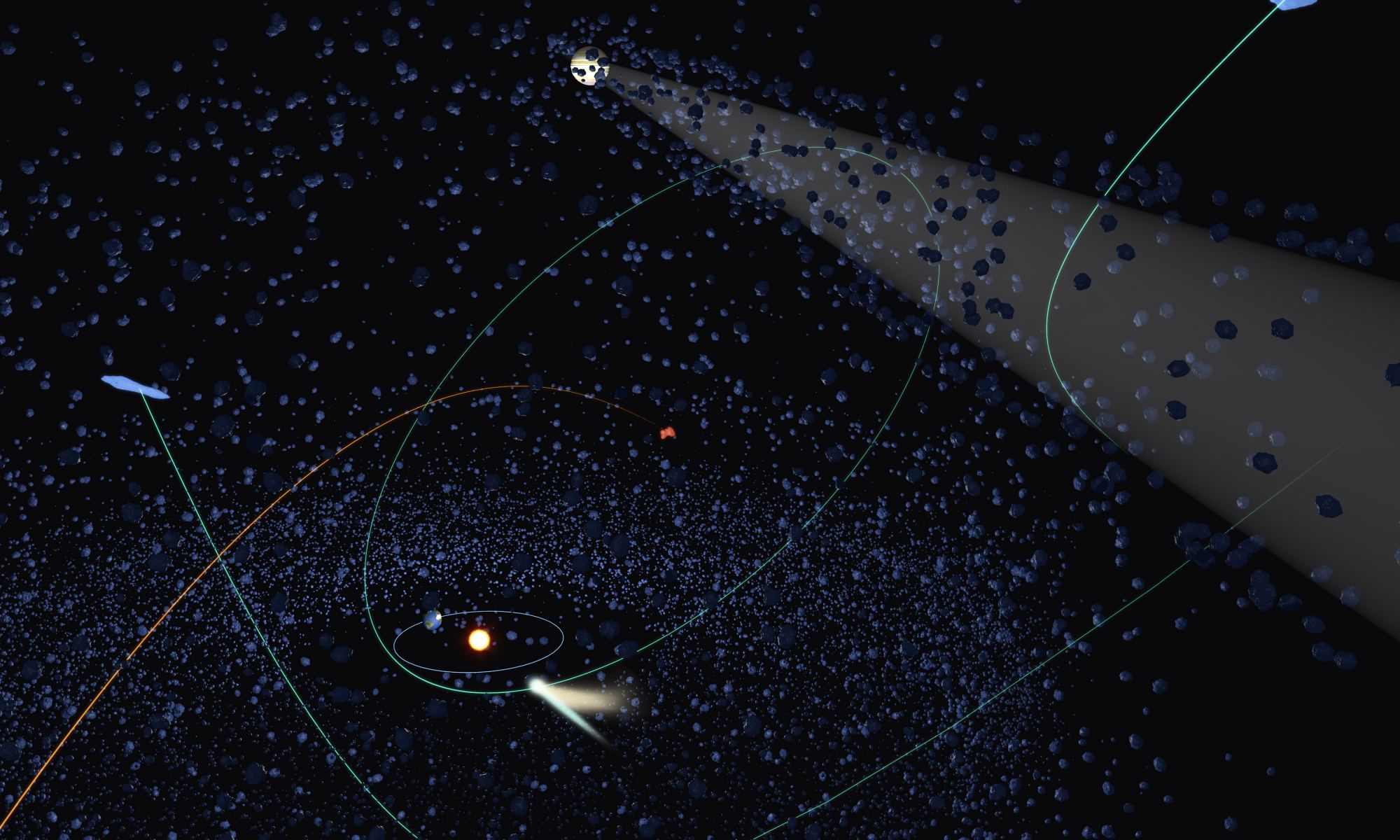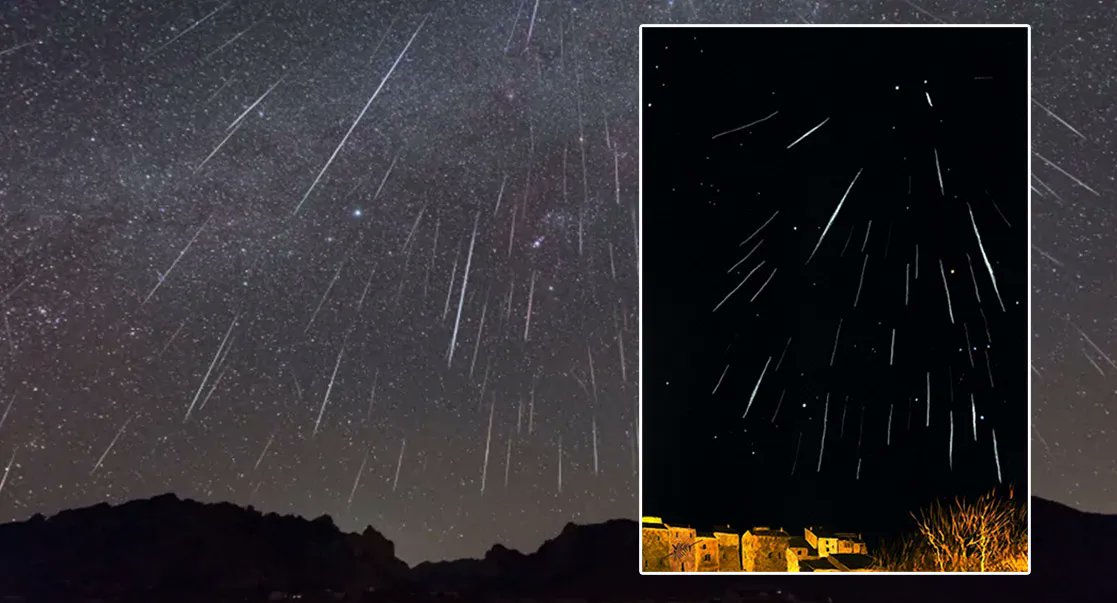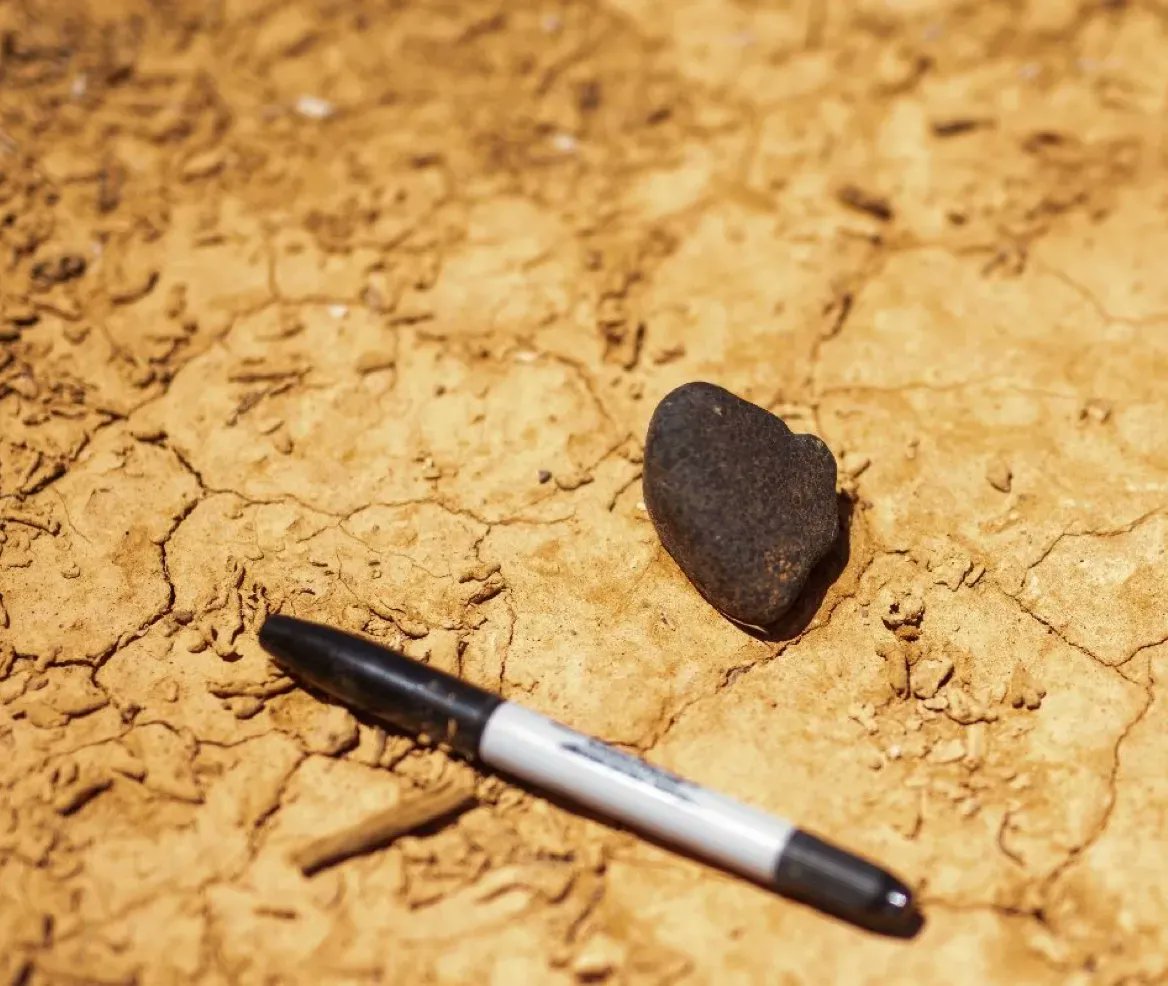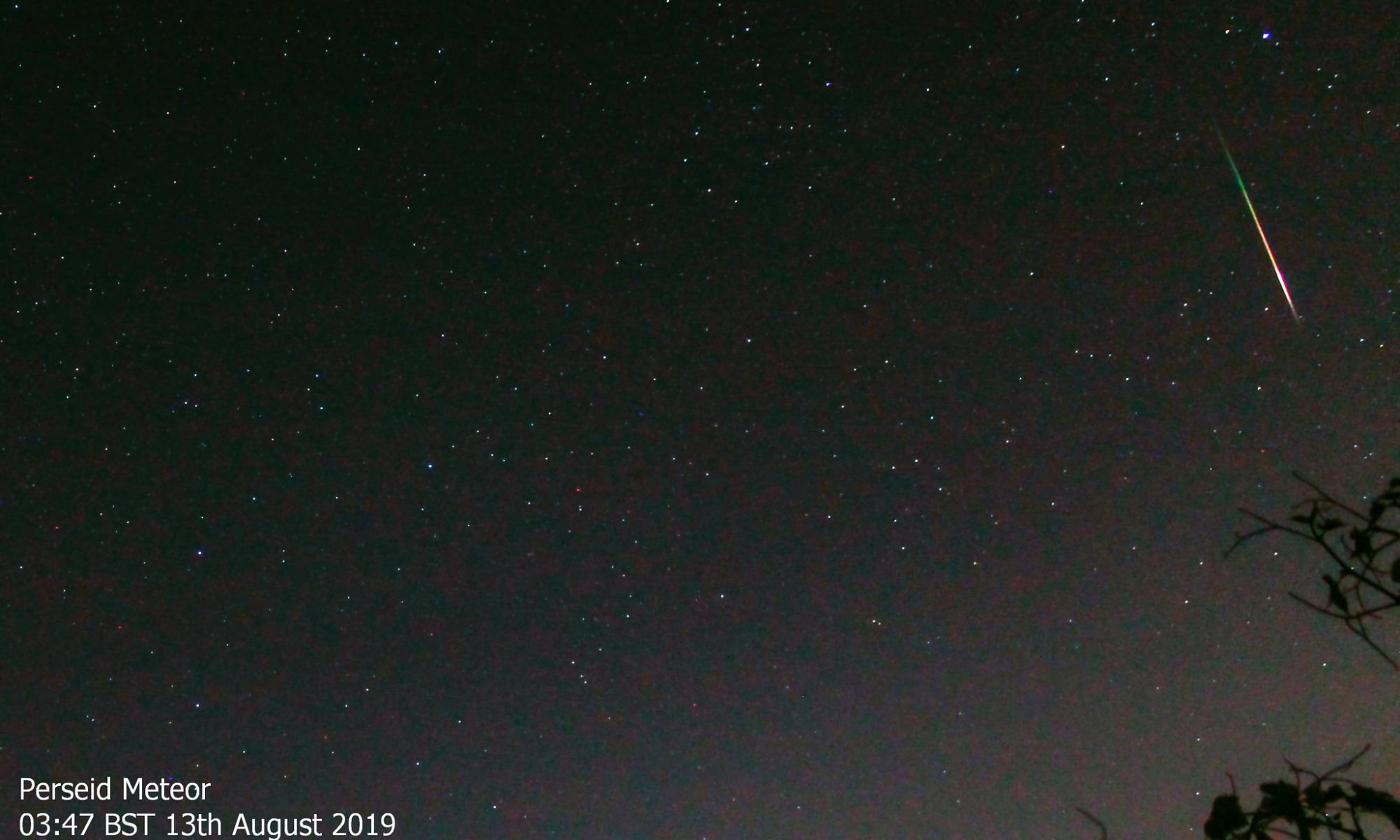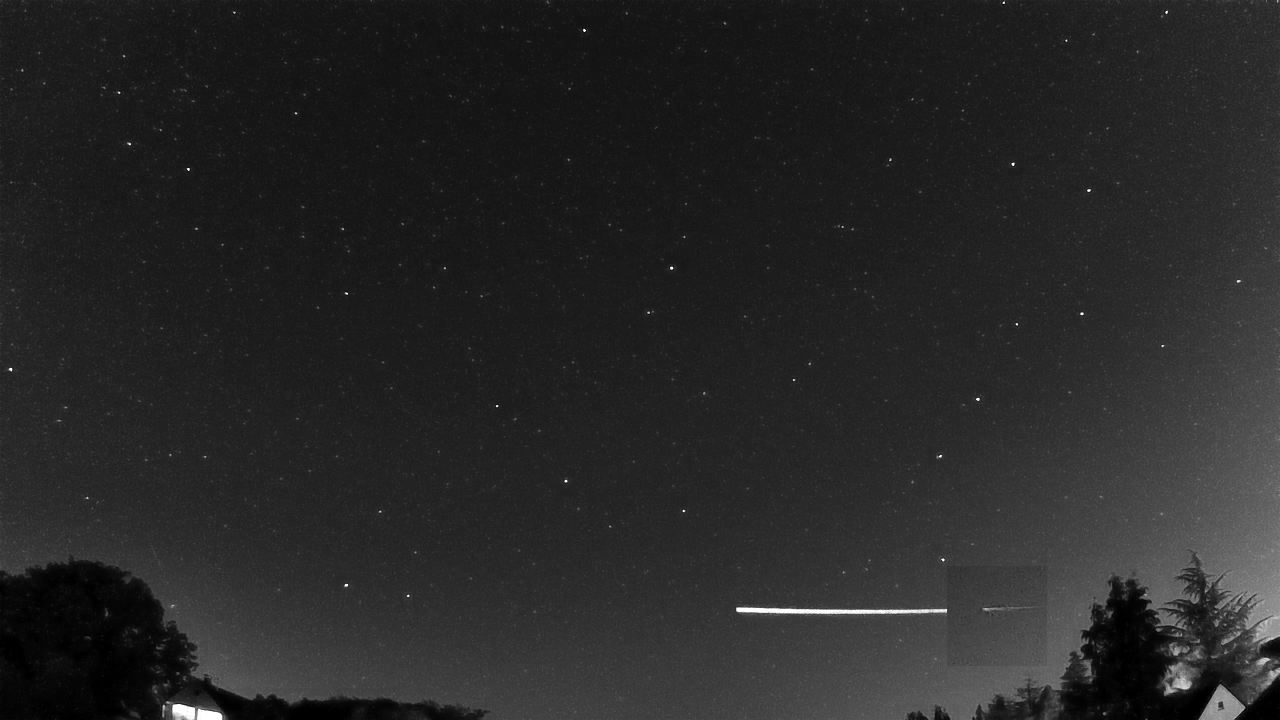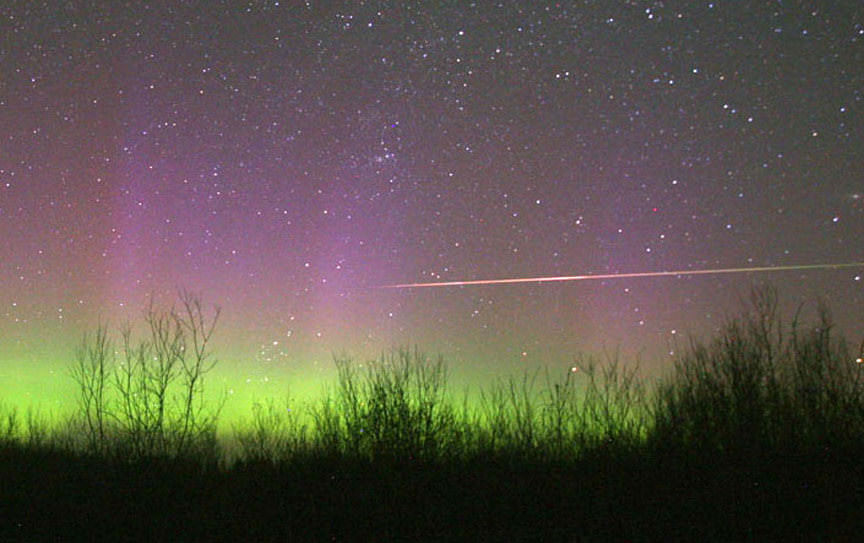The Universe often puts on a good show for us down here on Earth but one of the best spectacles must be a meteor shower. We see them when particles, usually the remains of comets, fall through our atmosphere and cause the atmosphere to glow. We see them as a fast moving streak of light but a new paper has suggested that the meteor showers we see can explain the sizes of the particles that originally formed the comet from where they came.
Continue reading “Explaining Different Kinds of Meteor Showers. It’s the Way the Comet Crumbles”Venus is the Perfect Place to Count Meteors
Watching meteoroids enter the Earth’s atmosphere and streak across the sky as the visual spectacle known as meteors, it is one of the most awe-inspiring spectacles on Earth, often exhibiting multiple colors as they blaze through the atmosphere, which often reveals their mineral compositions. But what if we could detect and observe meteors streaking through the atmospheres of other planets that possess atmospheres, like Venus, and use this to better determine meteoroid compositions and sizes?
This is what a recently accepted study to Icarus hopes to address as a pair of international researchers investigate how a future Venus orbiter could be used to study meteors streaking through the planet’s thick atmosphere. This study holds the potential to help scientists better understand meteoroids throughout the solar system.
Continue reading “Venus is the Perfect Place to Count Meteors”The Oort Cloud Might be More Active Than We Thought
Every now and then a comet or asteroid comes to our solar system from interstellar space. We have observed two interstellar objects in recent years, Oumuamua in 2017, and Borisov in 2019. One would assume then that in the past at least some interstellar objects have struck Earth. But we’ve never found an interstellar meteorite. A new study argues that this is because the Oort cloud is much more active than we thought.
Continue reading “The Oort Cloud Might be More Active Than We Thought”The Geminids Will be Peaking on December 14th. They’re Usually the Most Active Meteor Shower Every Year
Meteor showers are a great way to share a love of astronomy with those who might not be as familiar with it. Almost everyone loves watching streaks of light flash across the sky, but usually, it’s so intermittent that it can be frustrating to watch. That’s not the case for the next few weeks, though, as the annual Geminid meteor shower is underway until December 24th.
Continue reading “The Geminids Will be Peaking on December 14th. They’re Usually the Most Active Meteor Shower Every Year”A Meteorite Recently Crashed Into Australia. A Drone Scoured the Area and Found it
Drones have become more and more ubiquitous in recent years. From recently discovering the Endurance to participating in wars, drones have made history in more ways than one. Now they have a new job title to add to their resume – meteorite hunter.
Continue reading “A Meteorite Recently Crashed Into Australia. A Drone Scoured the Area and Found it”Supercomputer Simulates What Happens When Meteors Strike the Atmosphere
In space, it’s almost always raining dust. Most of that dust is so small a microscope would have a hard time seeing it. Created by asteroid impacts, millions of these fine dust particles collide with Earth’s upper atmosphere every second. When they hit that atmosphere, they start a complex dance of plasmas and energy that can be difficult to see and understand.
Continue reading “Supercomputer Simulates What Happens When Meteors Strike the Atmosphere”3,600 Years ago, a 50-Meter-Wide Meteor Exploded in the Sky and Destroyed a City Near the Dead Sea

An archeological dig has uncovered evidence of a massive cosmic airburst event approximately 3,600 years ago that destroyed an entire city near the Dead Sea in the Middle East. The event was larger than the famous Tunguska airburst event in Russia in 1908, with a blast 1,000 times more powerful than the Hiroshima atomic bomb. The event flattened the thriving city of Tall el-Hammam, located in what is now Jordan.
Continue reading “3,600 Years ago, a 50-Meter-Wide Meteor Exploded in the Sky and Destroyed a City Near the Dead Sea”The Tears of the Hero: Get Ready for the 2021 Perseid Meteors
A sure-fire summer shower, the Perseid meteors are set to put on a spectacular show this year.
It’s one of my fondest astronomical observing memories of childhood. Growing up in Northern Maine, it was a family tradition to set the lawn chairs out on warm mid-August nights, and watch with my mom and brother as the Perseid meteors slid silently through the inky black sky.
Continue reading “The Tears of the Hero: Get Ready for the 2021 Perseid Meteors”Video Shows a Meteoroid Skipping off Earth’s Atmosphere
Here’s something we don’t see very often: an Earth-grazing meteoroid.
On September 22, 2020, a small space rock skipped through Earth’s atmosphere and bounced back into space. The meteoroid was spotted by the by a camera from the Global Meteor Network, seen in the skies above Northern Germany and the Netherlands. It came in as low as 91 km (56 miles) in altitude – far below any orbiting satellites – before it skipping back into space.
Continue reading “Video Shows a Meteoroid Skipping off Earth’s Atmosphere”Completely Harmless Asteroid Almost Certainly Won’t Hit Earth Just Before the US Election
In a year of devastating wildfires, destructive derechos, early and active hurricanes, widespread social unrest, contentious politics and more — all amid an unprecedented global pandemic — it might seem fitting that ‘asteroid impact’ would be added to the 2020 bingo card.
Continue reading “Completely Harmless Asteroid Almost Certainly Won’t Hit Earth Just Before the US Election”


